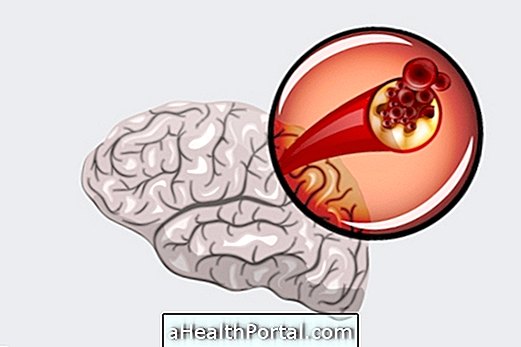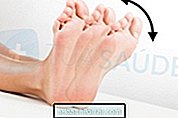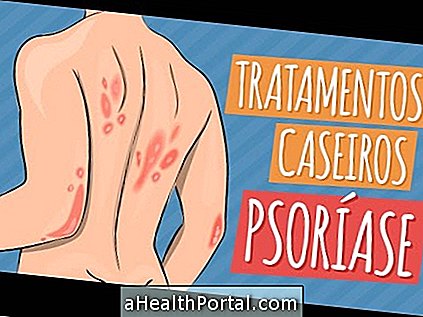Some spinal problems can cause a headache because when there is a change in the cervical spine the tension accumulated in the muscles of the upper back and neck lead the painful stimulus to the brain, which responds generating headache, which in this case is called of tension headache.
Some examples of health problems that can cause headaches are:
- Increased muscle tension due to fatigue and stress;
- Deviation in the column;
- Bad posture;
- Cervical spine;
- Thoracic duct syndrome.
These changes lead to imbalance in the forces of support of the head, generating compensations that can compromise the biomechanics of the region of the neck, causing headache.
Sometimes the headache can be confused with migraine because they generate similar symptoms. However, headache caused by spinal problems has some typical characteristics. These features are pain that begins or worsens with neck movements and increased tenderness in the neck, which are not present in a migraine.
When to See a Doctor
It is advisable to seek a general practitioner or orthopedist when:
- The headache is intense and persistent;
- The headache starts or worsens when you move your neck;
- When it becomes more and more frequent;
- When, in addition to the headache, there is a burning sensation or tingling in the neck, shoulders, arms or hands.
In the consultation it is important to say exactly how you feel, how long you notice these symptoms, whether you have been involved in an accident and if you exercise regularly.
These questions help the doctor understand the cause by helping with the diagnosis. In some cases he may request tests such as X-ray or MRI, but they are not always necessary because sometimes the doctor can arrive at the diagnosis only by observing the individual and his symptoms.
How to relieve headache caused by spinal problems
To relieve headache caused by spinal problems, what you can do is:
- Take a painkiller such as Aspirin or Paracetamol;
- Take a muscle relaxant, such as Miosan;
- Take a relaxing bath, letting the jet of water fall on the back of the neck;
- Put a warm compress on the neck and shoulders, letting it act for at least 15 minutes;
- Try doing some stretching exercises for the neck.
Watch the following video to learn what can relieve back pain, which may also be related to tension headache:

In addition, it is critical to treat the spine to eliminate the problem at the root. In this case, the ideal is to seek help from a physiotherapist so that he initiates the appropriate treatment. This professional may use some techniques such as mobilization of the vertebrae of the spine, the first rib, exercises and massages that can help rebalance the forces that maintain the good positioning of the neck and head, thus avoiding headache of cervicogenic origin .




















